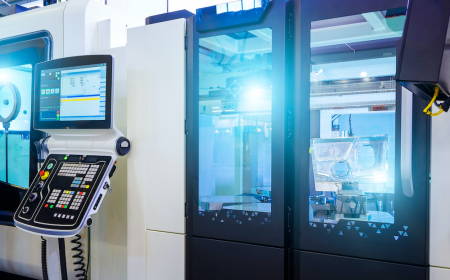Cable assemblies
Our experience
We have more than 25 years' experience in the manufacturing of conductor and cable assemblies as well as comprehensive cable harnesses, which is based on a broad spectrum of supplied products used in most industrial branches. Our assemblies start with standard conductors fitted, for instance, with cable ring terminals, wire-end ferrules, fork or faston terminals, which we supply in sets for internal wiring of machinery and equipment. We fit individual cables in round or flat design with terminals and connectors from all known manufacturers in combination with various manufacturing processes. The cable harnesses are then a combination of two initial products that form a complex electrical system and are an integral part of today’s modern technologies.
Cutting of conductors and cables
For cutting and stripping of cables and conductors, we have various classes of automatic cutting machines, including unwinding and coiling ones. These machines can cope with large conductor cross-sections such as 300 m2 or a max. conductor diameter of 40 mm. We are capable of automatically handling and cutting cables from reels up to a maximum weight of 1,300 kg each!
We are capable of cutting and stripping small cross-section cables of size 0.05 mm2 (AWG 30) with a tolerance of tenths of a millimetre.
Crimping and pressing of contacts
Our machinery and crimping tools allow us to crimp and press contacts from 0.05 mm2 (AWG 30) to 300 mm2 (AWG 600 MCM). Crimping is done using semi-automatic or fully automatic machines depending on the size of the manufactured batch. To press the contacts, we use electric, pneumatic and hydraulic presses, the choice of which is influenced by the conductor cross-section. We make prototypes for customers using certified hand-operated crimping and pressing tools. We process the contacts in bulk packages or on a reel for quicker machine processing.
Assembly of connectors
Connection of the conductors to the connectors is done by different procedures. The most common is manual insertion of the crimped or pressed contacts into the connectors. But on a standard basis we also work with IDT and IDC connectors with typical piercing contacts. We also use connectors with screw joints, where a specific tightening torque is used. We most often insert clip contacts into connectors with stripped conductors or conductors fitted with insulated and uninsulated wire-end ferrules. We also process D-sub connectors and similar products in combination with tinned conductors, which are soldered to the connector cups.
Markings and labels
For manual marking of cables and conductors, we use a wide range of adhesive labels, descriptive shrink tubes and descriptive labels, which are selected based on the material and insulation properties of the conductor or cable sheath. In the case of machine marking, we use thermo printers and high-speed Ink-Jet printers with a printing speed of up to 8 m/s.
Quality and testing
All supplied cables undergo a 100% checkout inspection and electrical testing, the result of which is a test protocol enclosed with each delivery made to the customer. Electrical testing includes a throughput test, short-circuit test and high-voltage test. For prototype products, we standardly provide documentation such as a first sample test report (FAI / EMPB), measurement protocols, measuring protocols, grinding and tensile tests.
Purchasing and sourcing
Our stock of more than 3,000 material items, broad supplier network and long-term experience in the area of material purchasing make it possible for us to respond flexibly to the diverse demands and requirements of our customers. This shortens the time between placement and fulfilment of the orders. Stable supplies to production are ensured through the professional ERP system and qualified suppliers who make Just In Time or Kanban deliveries to us.
Customers can also rely on our sales department, which helps with every request and ensures the provision of information in good time.
Where can you find our products?










